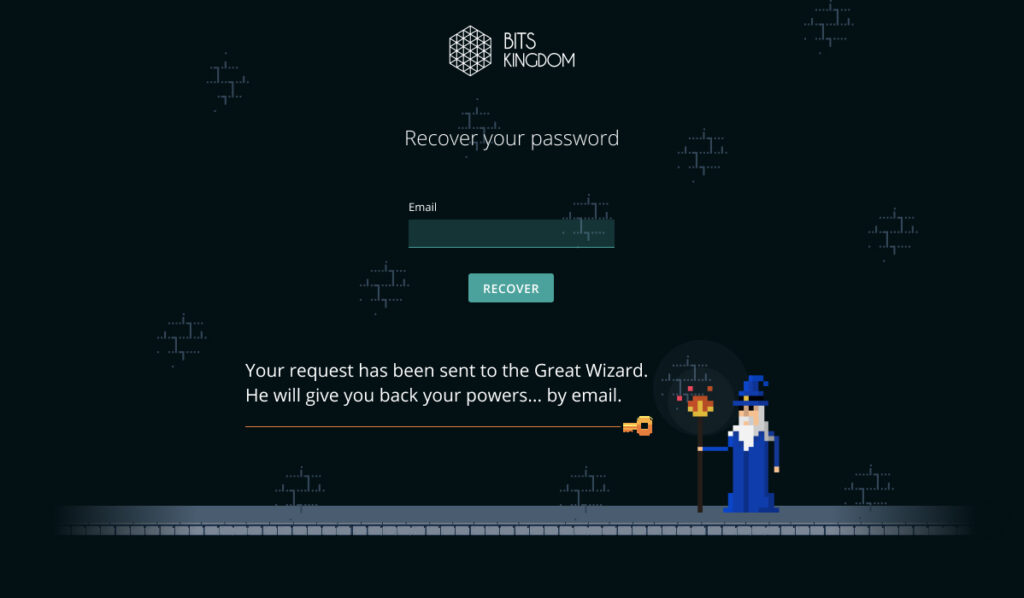The Challenge of Managing a Small Team with Limited Budgets
Unless you have a generous investor or a rich uncle who blindly invests in your project, most of us who start a new company must be careful with spending. Anyone who hasn’t exhausted free trials or shared a single user to save some pennies doesn’t know the adrenaline rush that can come from “Cancel that subscription today, we get charged starting tomorrow!”
It’s true, in the beginning, the budget probably won’t be enough for certain luxuries for a small team. But what happens when those “luxuries” start to become necessities? A CRM, for example, or a workflow management tool. Not to mention the website you’ve already paid for, but need to upgrade. As your business grows, needs begin to appear that require more spending, and this is all a concern until you see the bank account balance and receive a steady inflow of money.
The Power of Custom-Built Tools for Your Company
As in every industry, there is always something you can do with your own hands. And when it comes to a software company, we have a great advantage: we can develop the very tools we require for our work. Taking advantage of downtime can be a great opportunity to design and implement that automation that you know will free up hours of work or simplify some processes. But if there are no free hours, then you will have to make time for your company (yes, as if you were saying “I have to make time for me”).
The Birth of Bee: Our Free Project Management Software
In our case, we urgently needed a CRM and a tool to manage our remote team work. We were already using Trello but in its free version. Jira? Ugh, too ugly, we didn’t want to hurt our designers’ sensibilities. Asana, too many unicorns. And CRMs, what can we say about them… they are designed for larger companies, and they didn’t solve customer communication.
Because, and here’s a disclaimer, we HATE with our souls to communicate with customers by email. Long chains of people copied and copied again …. Irremediable mistakes like death… A stale smell of the ’90s… But that’s a topic for another post.
So, with some time on our hands and a lot of self-analysis, we started designing our own internal collaboration and customer communication tool, essentially thinking of a free project management software.
At first, it was called Let’s Do It. With an aesthetic reminiscent of Prince of Persia (1989), we simulated the customer’s entry into our kingdom.
I don’t know if it was as useful as it was fun, but we certainly enjoyed making this design.

From there, the client could ask for a quote or request a job. And we, manage the order. Well, the usual.
It started to grow and mature, we added features. Secret messages and public messages, integrations with Google, tasks, reports…
Bee’s Evolution into a Complete Product
One day we decided to change the focus. It was too much for an internal tool, so we came up with the idea of turning it into a product. We started to change the focus. And the design. And the name.
“How about Be?”
“How cool! I like… bee, beehive, teamwork, communication…”
“No, I said Be. But I like Bee!”
Beyond our crazy/deaf/unlistenable people dialogues, Bee came into the world with her color palette and her way of doing things, a bit similar, but a bit different from the others.
We presented our beloved bee at the 2018 and 2019 Web Summit in Lisbon, with more and more features.
Today, Bee Is a Complete Product
Bee facilitates:
- Communication with customers
- Private team interactions
- Task management through project kanbans
- Storage of terabytes of documentation
- Time tracking and budget control
All achieved with much 🍯 and minimal 💰.
Start Your Journey with Bee: Your Next Free Project Management Software
If you’re part of a small team looking for an accessible, cost-effective work management solution, Bee is here to assist. Embrace the future of collaborative platforms and discover the efficiency of our free tool.
You can try Bee today via our free desktop version or download the Android app for on-the-go access.
Technologies Behind Bee:
Powered by MeteorJS, NodeJS, Docker, and integrated with Mailgun, Twilio, and Google Drive, Bee exemplifies the impact of innovative software development on team collaboration and management.



